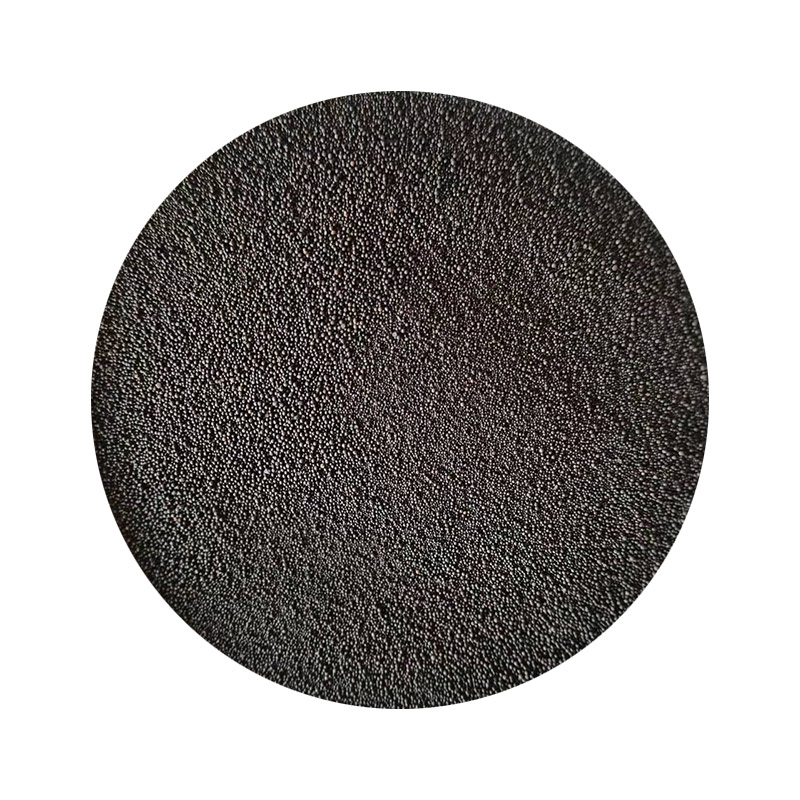Ceramic sand, an innovation in the realm of industrial materials, is revolutionizing a multitude of sectors with its unique properties and applications. As industries advance towards more sustainable and efficient manufacturing processes, ceramic sand has emerged as a critical component in achieving these goals. This article delves into its myriad uses, distinctive advantages, and the profound expertise behind its development.

The essence of ceramic sand lies in its composition and production. Made primarily from bauxite, a naturally occurring ore, it undergoes a high-temperature sintering process that transforms it into spherical granules with exceptional thermal and mechanical properties. This intricate production process requires expertise in material science and a sophisticated understanding of high-temperature reactions, underscoring the expertise involved in its creation.
One of the most prominent applications of ceramic sand is in the foundry industry, where its superior thermal stability and low thermal expansion make it an ideal substitute for traditional silica sand. This transition not only improves the quality of metal castings by reducing defects associated with sand expansion but also enhances workplace safety by minimizing the risk of silicosis from inhaled silica dust. Industry experts emphasize the importance of ceramic sand's recyclability, noting that it can be reused multiple times without degradation, thus promoting both economic and environmental benefits.

In the realm of construction, ceramic sand is making waves as a component of high-performance, lightweight concrete. Its uniform particle size ensures excellent workability and a smooth finish, while its low density contributes to reducing the overall weight of structures. Architects and civil engineers increasingly trust ceramic sand for projects demanding stringent load-bearing specifications and sustainability standards, attesting to its trustworthiness as a reliable building material.
ceramic sand
Additionally, ceramic sand's application in environmental engineering cannot be overstated. Its inert nature and high permeability make it an optimal choice for filtration systems, particularly in water treatment facilities. The capability of ceramic sand to efficiently filter impurities while maintaining structural integrity sets it apart as a tool for environmental protection, reinforcing its authoritative status in sustainable practice.
The commitment to innovation and quality in the production of ceramic sand is not just a matter of technical expertise—it reflects an adherence to reliability and trust in delivering consistent results across varying applications. Industry leaders often collaborate with academic researchers to continually refine its properties, ensuring that it meets the evolving demands of modern industries. Such partnerships highlight the authoritative knowledge base that drives the ongoing advancement of ceramic sand technology.
In conclusion, ceramic sand is not merely a product but a testament to human ingenuity and expertise. Its place in industries from metal casting to environmental management underscores its versatility and value. As the global market continues to recognize the unparalleled benefits of ceramic sand, it stands as a beacon of trust, expertise, and innovation in the pursuit of better, greener solutions.
Post time:1 月 . 06, 2025 10:38
Next:sand casting definition
